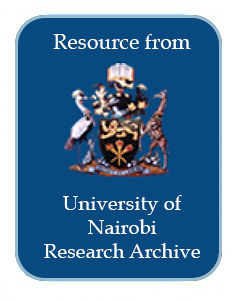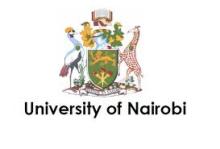Resource information
Land Use and Land Cover Change (LULCC) is the most prominent cause of Soil Organic Carbon (SOC) variability in any landscape. Kenyan Arid and Semi-Arid Lands (ASALs) have been facing extensive land use/ cover changes in the last three decades prompting a review on the impacts it has on soil quality and consequently on land degradation. This study was carried out in 2016 in Olesharo Catchment, Narok County, one of the prominent ASALs of Kenya. The main objective of the study was to study how the different lands use types within the catchment affects SOC and Total Nitrogen (TN) stocks in the catchment. Using LandSat imageries, four land use types were identified: Shrubland (SH), Agricultural Land (AG), Grasslands (GR) and BareLands (BL). Disturbed and undisturbed soil samples were taken from 30 x 30m plots randomly distributed for each of the Land use type (LUT) at 0-15 cm and 15-30 cm depths for the analysis of SOC/ and TN stocks. The study showed that the means of SOC in land use types were significantly different (P<0.05). Shrublands registered the highest mean total of 31.26 Mg C ha-1 which was significantly higher than GR (13.54 Mg C ha-1) and BL (12.85 Mg C ha-1). In terms of TN mean values, SH was the highest (4.22 Mg N ha-1) while BL was the lowest (1.6 Mg N ha-1). Similarly, the mean SOC and TN stocks in the surface layers (21.38 Mg N ha-1) were significantly higher than the sub-surface (18.74 Mg N ha-1) layers indicative of the stocks decreased as depth increased. The results suggest that land use types have influence on soil properties and their management can contribute to sustainable land management to mitigate negative effects of climate change.


